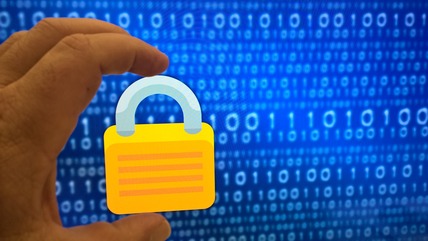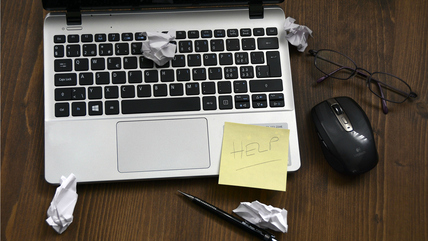Microsoft's offer of a free upgrade to Windows 10 for qualifying Windows 7 and Windows 8.1 PCs & laptops runs out in just under 3 weeks on 29th July 2016.
We would recommend that you take advantage of this opportunity, as Windows 10 is a much more secure operating system and in light of the Windows life cycles for Windows 7 and 8.1
We have trialled Windows 10 on a number of our own laptops and desktop PCs and will be upgrading the remainder over the next month.
But before you rush into upgrading - you first need to check that any other software (other than Office), for example Sage, QuickBooks, Filemaker Pro etc that is critical for your organisation, is compatible. To do this you should contact your supplier for any known issues - they may just ask you to upgrade to the latest version, for which you might incur a cost.
If your PC / laptop is quite old, you should also check whether it conforms to the minimum specification requirements to run Windows 10.
Once you are satisfied that you meet the required spec and that Windows 10 won't negatively impact other programmes you use, you can either upgrade via the Windows 10 Upgrade icon you might have seen at the bottom of your screen, and which is likely to have been regularly popping up and asking whether you want to upgrade!
If you haven't noticed this - it's likely that you have the Enterprise version of Windows 7 or 8.1. To access the upgrade in this case - you will need to log on to the Microsoft Volume Licensing portal with the details you will already have been sent. Here you may see the Windows 10 file to download (usually this is available for any Windows installed over the last 2 years). If this isn't available - you will be able to purchase Windows 10 for £11 ahead of the 29th July deadline.
Once you have upgraded your system - there are a number of features which you may like to change. We've listed 6 things to check / change to ensure a smooth transition to Windows 10 below...
US date, keyboard and language set by default
To change this to UK English language, Time and date format - Either click on the ENG text or click on the time and date displaying in the bottom right of your screen and select Date and time settings and change to UK timezone and country. In Region and Language, under Languages click English UK, and then Set as Default, also click English (US) and click Remove.
Quick Access view in File explorer
In Windows 10, File Explorer now defaults to a Quick Access view. If you prefer the old My Computer look, then follow these instructions:
Open File Explorer, navigate to View, click the Options dropdown to access Folder Options, and then select Change folder and search options. Click the Open File Explorer box at the top of the window and select This PC instead of Quick access.
Check your anti virus is still working
Sometimes the upgrade disrupts your anti virus installation. Check you are up to date with your updates and that scanning is working. If not, you will need to uninstall and reinstall your anti virus to ensure your PC is still protected
Office needs reactivating?
Sometimes the upgrade will cause your copy of Office to need to be reactivated. Just click on the red banner which will notify you of this at the top of any Office application and follow the instructions. You will need your MIcrosoft Office licence key as you will be prompted enter this in order to reactivate your copy of Office.
Drivers need updating?
We've had clients reporting printers or wifi not working as a consequence. In Windows 10, right click the Start Button and select Device Manager. Here you will see yellow exclamation marks against any installed device with a driver problem. Then for a printer for example – go to the supplier's website and search for a Windows 10 driver, download and install. #
Your PC or laptop running slowly?
If your computer is running really slowly after the Windows 10 upgrade, this can be caused by a corrupt Page File, and can be fixed by recreating the page file. You can do this by following these instructions or getting in touch with your IT support provider if this a bit too complicated for you:
- Right click on the Start menu and open up the Control panel
- Search for Performance in the top right
- Click on Adjust appearance and performance (under System)
- Open the Advanced tab and click Change
- Uncheck Automatically manage paging file size for all drives
- Click the Drive system is installed on select custom size
- Set initial and maximum size to the value recommended by windows
- Click Set and then Restart
This should make things a lot better.
You can find other useful information at Microsoft's Windows 10 help pages



